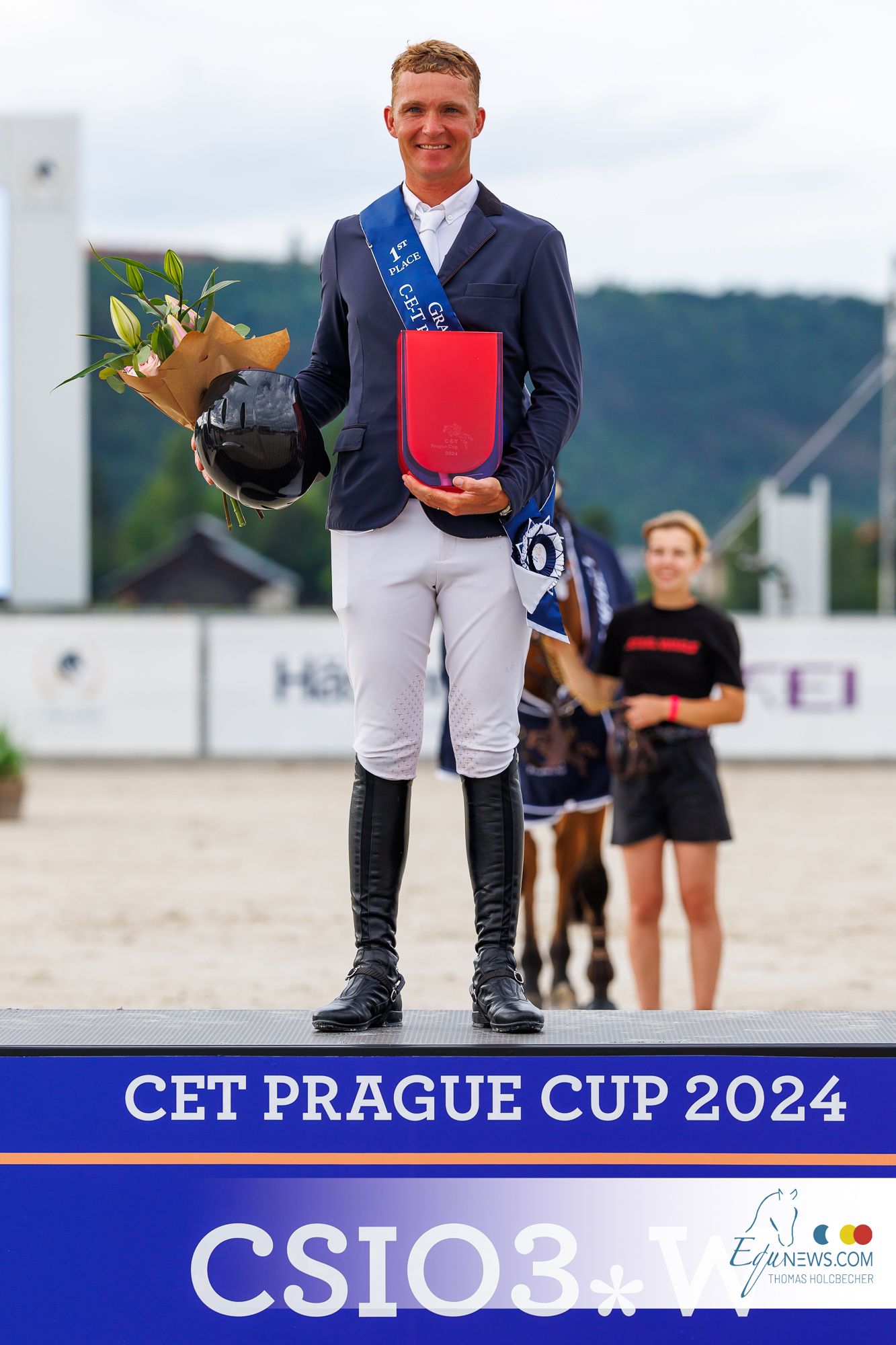FEI Press Release :
Proposed changes to the Jumping qualification and competition formats for the Olympic and FEI World Equestrian Games™ as well as the Event Classification and CSI Invitation Systems were the main topics of discussion at the lengthy session that followed the morning’s Extraordinary General Assembly at the FEI Sports Forum 2015.
John Madden, Chair of the FEI Jumping Committee, made a detailed presentation inviting participants to embrace change. “We must always strive to strengthen our position on the Olympic programme,” he said. “We are here today to do just that. Much thought and consideration has already gone into these proposals. Not everyone is going to like what we propose here, but we have no choice but to change. But I want to emphasise that the only agreement that’s been reached is that we need to strengthen our position in the Olympic programme, everything else is up for discussion and that’s the purpose of today’s session and the ongoing debate.”
Olympic proposals
Madden outlined the proposed qualification and competition formats for the individual and team events at the Olympic Games, highlighting the similarities between the proposed team final and the hugely successful Furusiyya FEI Nations Cup™ Final.
The full proposal for Olympic qualification and competition formats is available on the FEI website here.
The increase in nations represented while maintaining the current quota, heightened level of competition, and a compact competition format were highlighted as the advantages of the proposal.
The possibility of running cost effective regional qualifiers, quarantine issues, questions whether there would be enough nations that could field an Olympic level team and whether quality could be compromised due to participation of some less experienced nations were some of the concerns that had been expressed during the preparation of the proposal by the FEI Jumping Committee.
FEI World Equestrian Games™ formats
John Madden then presented the proposed qualification and competition formats for the FEI World Equestrian Games™, emphasising the advantages of making competitions more media friendly and manageable for the Organising Committee, better sport and shortened, more horse-welfare friendly formats. He also highlighted the fact that the World Equestrian Games™ team championship would serve as that year’s FEI Nations Cup™ Final, meaning that horses would not have to jump in two demanding events at the end of the outdoor season.
Madden acknowledged that the proposals could have some drawbacks as well as positive aspects, including the fact that running the individual competition first could have repercussions on the team competition as athletes might choose not to compete.
While teams of three and no drop score puts pressure on all three athletes, Madden pointed out that there was the same pressure as with four horses, and that being one of only three counting scores would mean an even greater premium on protecting horse welfare. And while some delegates felt that teams of three could potentially create less drama if a team’s first athlete had a bad score, it could also serve to heighten the dramatic elements of the competition.
The detailed proposal is available on the FEI website here.
Event Classification and CSI Invitation Systems
A short update on the Event Classification System, including the potential creation of a new category of 6* events, and a presentation on the CSI Invitation System followed the Olympic and FEI World Equestrian Games™ proposals.
The implementation of a CSI Invitation System, which would be easy to understand and manage and which had a high degree of transparency, was being studied. This new system could lead to modifications to the Longines Rankings rules, but John Madden clarified that the discussions at the Sports Forum were only a starting point, and that the Jumping Committee would take the necessary time to further work on the system.
Lively discussion
A lively discussion followed, with input from National Federation delegates from Australia, Canada, Chile, France, Germany, Greece, Puerto Rico, the Netherlands, Switzerland, and the USA, as well as representatives of Regional Groups IV and IX, the European Equestrian Federation, International Jumping Riders Club, Longines Global Champions Tour and Furusiyya.
The main points raised were the proposals on the number of competitors per team – three as opposed to four – removal of the drop score, and holding the individual competition before the team event at the Olympic and FEI World Equestrian Games™. The possible negative impact a smaller number of team members could have on horse owners from the leading equestrian nations was also mentioned.
John Madden responded to all the questions and addressed the concerns raised. He explained that the proposals were a basis for discussion and all the points made at the Sports Forum would be taken onboard. He stressed that once clear guidance of when and how reserve combinations could be slotted in was received from the IOC, the proposals would be reviewed by the Jumping Committee and further feedback would be sought from all stakeholders.
Photo FEI/Germain Arias-Schreiber



